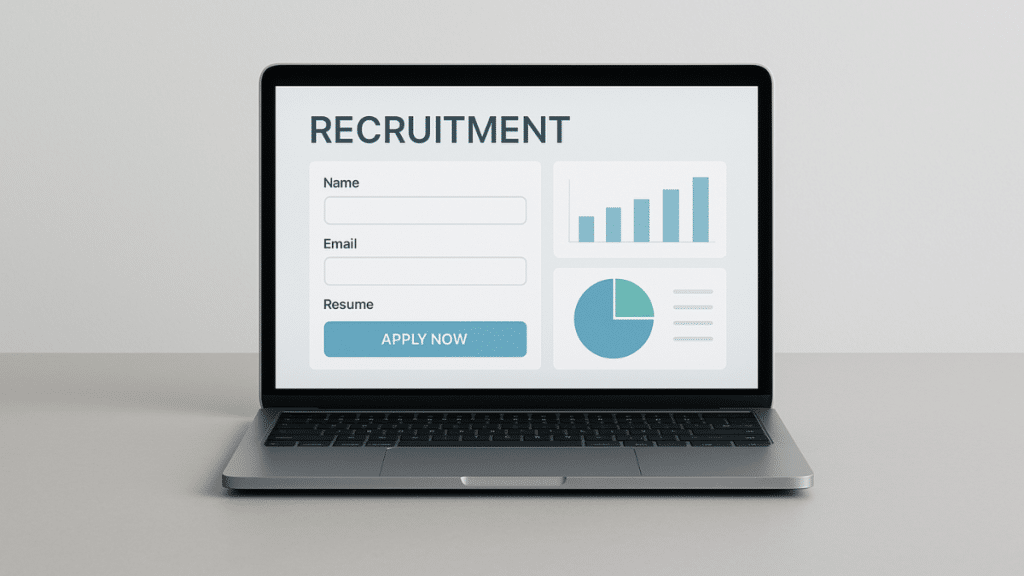In the rapidly evolving landscape of recruitment, having the right applicant tracking system (ATS) is crucial for staying competitive. By 2025, organizations will need to focus on specific features that not only enhance efficiency but also support diversity, equity, and inclusion (DEI) in hiring practices.
As businesses strive to build diverse and inclusive teams, leveraging advanced technology becomes essential. An applicant tracking system (ATS) with the right features can transform recruitment processes, making them more efficient and aligned with DEI values. This article explores the seven must-have features to look for in an ATS by 2025, ensuring your organization is equipped to attract and retain top talent.
The 7 Must-Have Features for Modern Recruitment
1. AI-Powered Resume Screening: This feature helps identify top candidates quickly while minimizing unconscious bias. By automating the initial screening process, recruiters can focus on evaluating candidates’ potential and fit for the organization. Many modern ATS software with AI features are equipped to streamline this process, making early-stage filtering far more efficient.
2. DEI-Friendly Job Description Tools: Crafting inclusive job postings is essential for attracting a diverse pool of applicants. These tools ensure that language and criteria do not inadvertently exclude underrepresented groups, supporting a broader talent pipeline.
3. Collaboration Features: An applicant tracking system with collaboration features allows hiring teams to communicate, share evaluations, and make joint decisions seamlessly. This functionality is especially important for growing teams managing multiple open roles simultaneously.
4. Interview Scheduling Automation: Streamlining the scheduling process enhances the candidate experience by reducing unnecessary back-and-forth communication. This feature ensures that interviews are set up efficiently, respecting both the candidate’s and the recruiter’s time.
5. Customizable Analytics Dashboards: Access to detailed analytics is vital for making data-driven hiring decisions. These dashboards provide insights into recruitment metrics, helping organizations refine their strategies and improve outcomes. When researching what to look for in ATS platforms, strong reporting capabilities should be high on the list.
6. Mobile-Friendly Experience: With more candidates using mobile devices, an ATS must offer a seamless mobile interface. This ensures that potential hires can easily engage with the application process from anywhere, which is a key factor for top candidate engagement in today’s market.
7. Seamless Integrations: The ability to integrate with existing tools like HRIS, calendar applications, and communication platforms enhances the ATS’s functionality. This supports a more streamlined workflow and better resource management, especially in top ATS tools for growing teams looking to scale operations efficiently.
Identifying Red Flags in Recruitment Tools
While selecting an ATS, it’s important to be aware of potential pitfalls. Outdated interfaces can slow down processes and hinder user experience. Additionally, a lack of customer support can create challenges when issues arise or when onboarding new team members.
Inadequate reporting capabilities are another red flag. Without robust analytics, assessing the effectiveness of hiring strategies becomes difficult. Systems lacking flexibility in this area may not provide the insights needed for continuous improvement.
When evaluating ATS platforms, consider user feedback and industry reviews. This research helps avoid systems that seem promising but fail to deliver. A well-chosen ATS should enhance collaboration and streamline processes without compromising on essential features like reporting and support.
Choosing Smarter, Hiring Faster
To future-proof your recruitment strategy, embrace innovation while maintaining a human touch. By integrating automation with human-centric features, businesses can streamline processes and make informed hiring decisions based on data-driven insights.
As you explore modern recruitment technologies, prioritize platforms that offer both flexibility and robustness. The future of recruiting software lies in its ability to adapt to changing needs while providing comprehensive support throughout the hiring process. By choosing smartly today, you prepare your organization for the challenges of tomorrow’s workforce.
